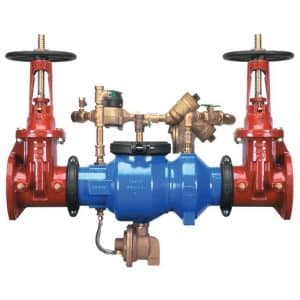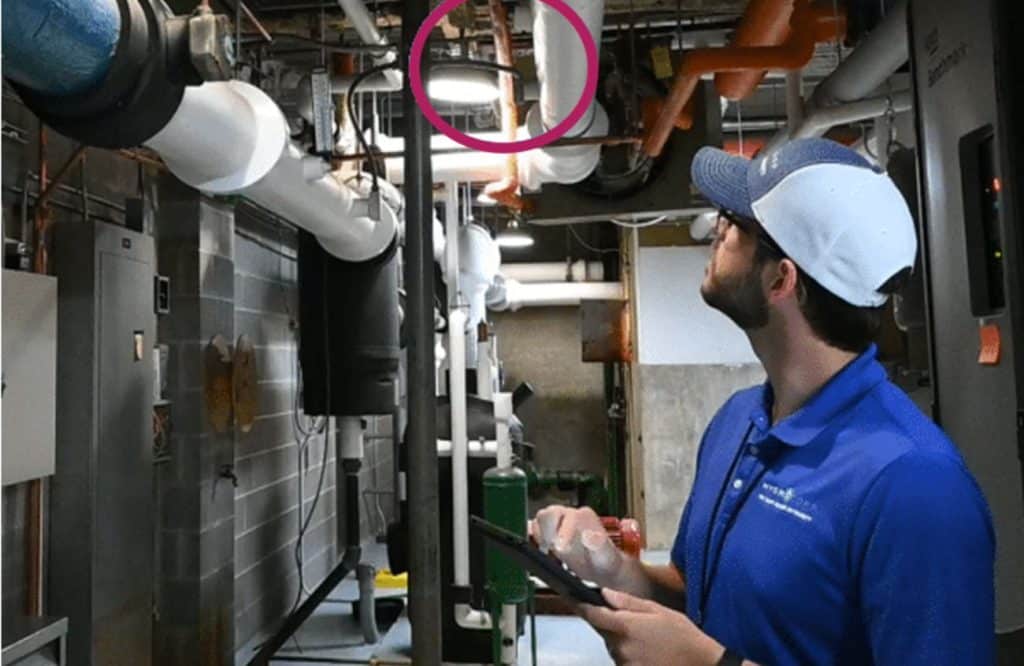By Steve Fox, Account Manager, HydroCorp
If you’re reading this blog, chances are good that you already know about the very real dangers of backflow, where a cross-connection can allow non-potable water to contaminate the drinking water supply. And yet, despite backflow incidents that regularly generate headlines, despite tens of millions of dollars paid out in litigation, and despite water safety professionals across the country banging on about the need for cross-connection control, it’s surprising how many people remain unaware – or unconcerned – about the threat their facilities may pose to public health. The problems exist. The risks are grave. The costs are ruinous.
But there’s a clear-cut, unequivocal, no-fooling-around solution to these problems: the cross-connection control survey.
Sit-Rep
As we know, many cases have been documented where cross-connections have led to contamination of the public water supply, or a facility’s potable water system, resulting in illness and even death. Public water systems in each State are responsible for preventing unapproved water sources from entering the public water supply. Primacy agencies in most states require public water systems to develop and maintain a cross-connection control program.
And the first essential step in any such program is the cross-connection control survey. If you don’t look, you won’t find.
Types of Survey
Here’s a quick primer on the types of cross-connection control surveys a water purveyor can conduct. They are containmentand isolation.

Example of containment device: reduced pressure detector assembly
Containment:A cross-connection control survey always begins at the service connection or water meter. All service connections must be identified and evaluated to determine if they are in fact contained, and if the containment method is appropriate to the connection. It is very common to have more than one service connection to a facility where maintaining continuous operations is critical, such as a hospital. It may be beneficial to obtain underground piping drawings of the city water supply to assist with the containment assessment, particularly if there are storage tanks, underground interconnections, and if multiple city water supplies are present. The following are some key points for completing a containment assessment:
- Identify and evaluate all city water service connections and auxiliary water supplies to the property;
- Identify and evaluate fire protection systems, lawn irrigation systems, etc., supplied directly by the public water system (i.e., chemical additives, auxiliary water supply);
- Identify and evaluate all containment backflow prevention assemblies;
- Identify and evaluate any water storage tanks on site

Example of isolation device: atmospheric vacuum breaker
Isolation:The goal of an isolation cross-connection control survey is to determine if both the private and public water systems are properly protected, and to define the hazard level the facility represents to the public water supply. A complete isolation survey requires that each cross-connection, as well as all backflow prevention devices, methods or assemblies, be identified and evaluated. The following are essential steps to be included in an isolation survey:
- Trace the existing potable water piping system from the meter to all terminal ends;
- Perform a point-of-use survey in areas where piping is concealed;
- Inventory and evaluate all existing backflow prevention devices, methods and assemblies at all cross connections;
- Evaluate pipe labeling and make corrections as necessary;
- Create an itemized list of corrective action requirements
The Bottom LineConducting a cross-connection control survey requires an understanding of the public water system, industry regulations, guidance from a public water system’s cross-connection control ordinance and program, knowledgeable personnel to conduct the survey, and accumulating accurate distribution system information from the facility. When conducted correctly, such a survey will provide all the information needed to protect both public and facility water systems.
If you don’t look, you won’t find.

